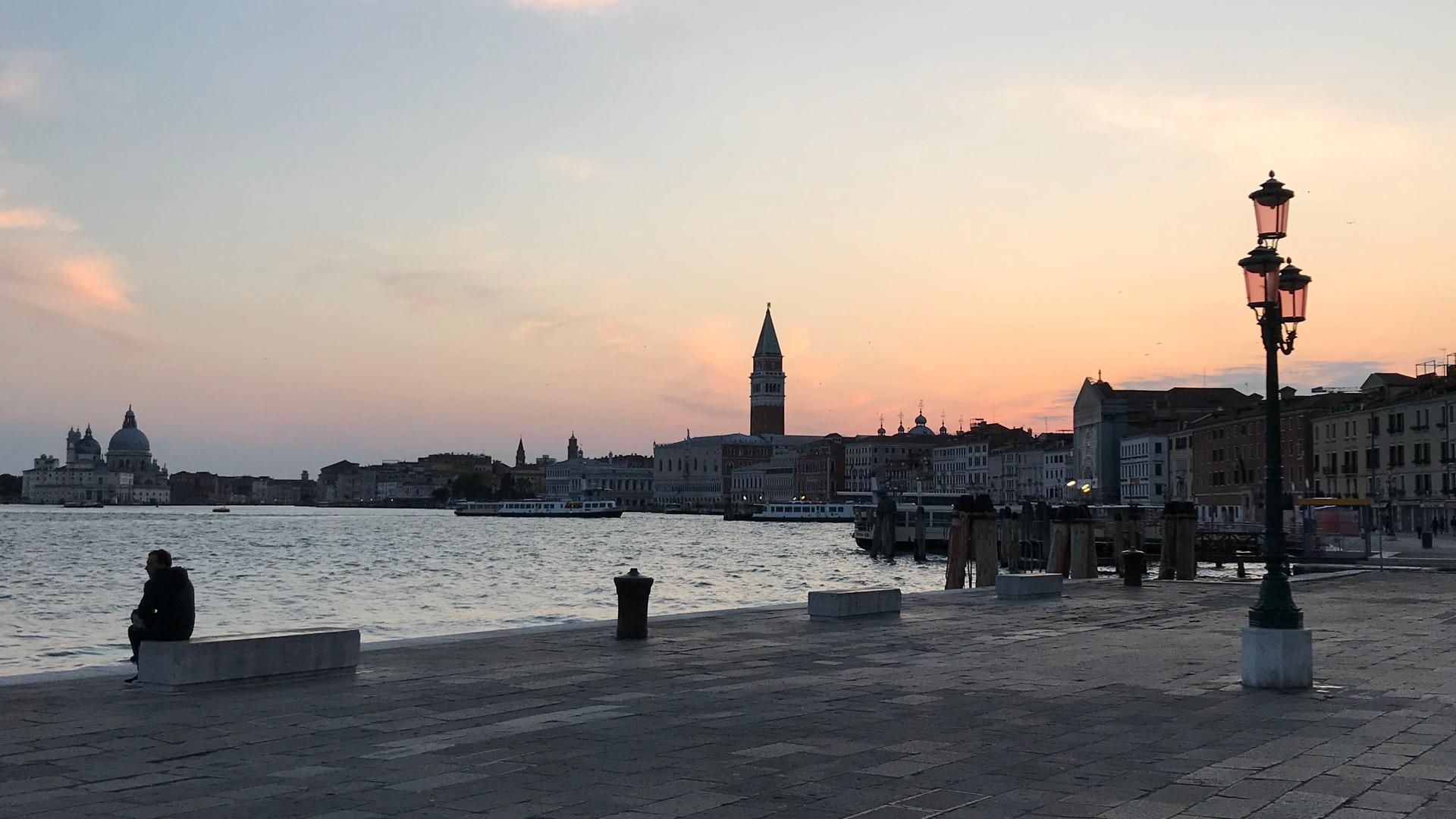Up until three months ago, no one would have believed that on a sunny Saturday in May, the streets of Venice would be nearly empty. Even more so, no one would have imagined seeing the water of the canals — usually agitated by the passage of boat taxis and huge ships — finally so calm.
As the coronavirus pandemic has halted tourism, an industry that brings to the city an estimate of more than 30 million people every year, Venice has changed her face.
This month, the country began gradually reopening after imposing nationwide restrictions in early March. Almost 32,000 Italians have died of COVID-19 since the outbreak came to light on Feb. 21, the third-highest death toll in the world after the United States and Britain.
Related: Strolling through Turin amid lockdown
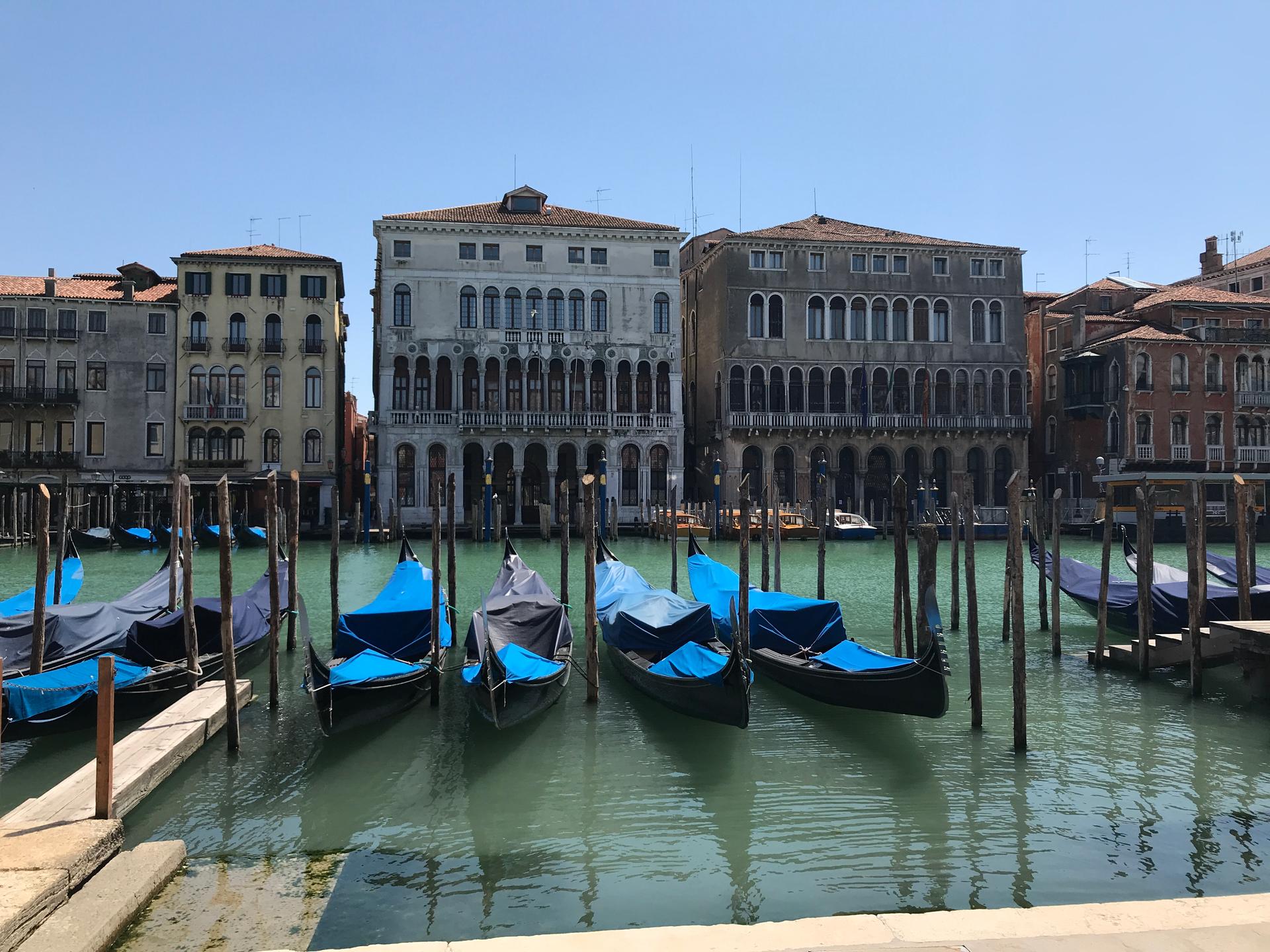
Italy, on the whole, is trying to figure out its future, but in cities like Venice — where the economy is so heavily based on tourism — it’s even harder. In the meantime, the city, built on more than 100 islands connected with 400 bridges, looks drastically different. Especially its water.
Related: Living under lockdown in the Eternal City
On the main canals, where only a few months ago, a cruise ship collided with a boat, a few locals enjoyed a trip on a rowboat. At the historic Rialto Market, usually crammed with visitors from all over the world, dozens of Venetians walked among the stalls of fresh fish and vegetables, wearing masks and holding their shopping bags with latex gloves.
“Usually, there are more people who take pictures of fish than who buy them.”
“Usually, there are more people who take pictures of fish than who buy them,” said Luigi Divari, 72, a former sea captain, and an expert on local marine life. “The market is in a major crisis and for years has been at risk of closing.”
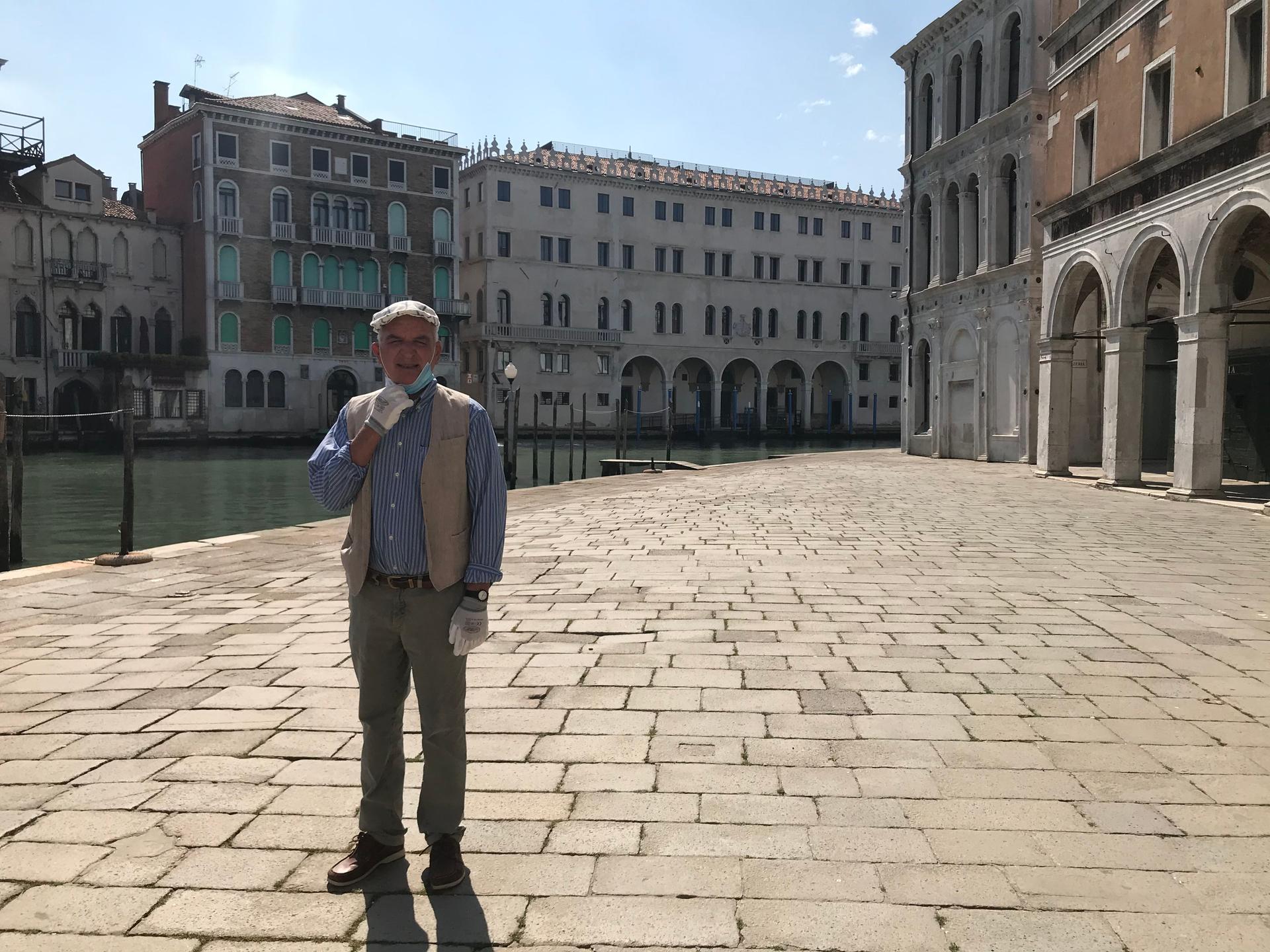
Divari is currently working as an artist, creating detailed watercolors of fish and boats typical of the lagoon. To recognize the geographical origin of fish on the stands, he only needs a glance.
“These here are St. Peter[’s] [tilapia] fillets from the North Atlantic; this is Norwegian salmon; here, we have tuna from the Seychelles; those prawns are Argentinian; mullets are French …”
“And these are ours,” he said, pointing at a polystyrene box filled with clams.
Related: Robot nurse helps Italian doctors care for COVID-19 patients
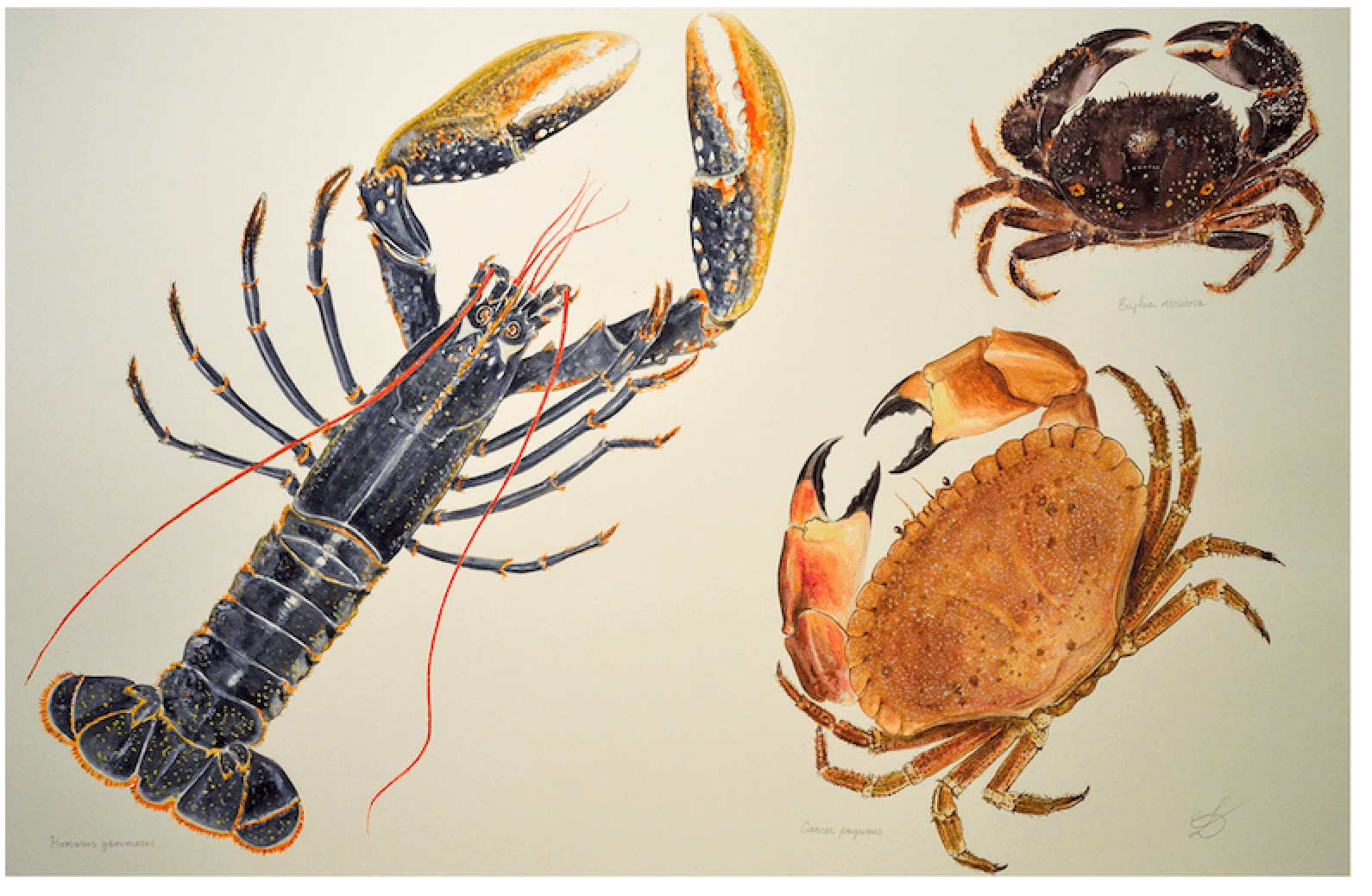
Since the lockdown began more than two months ago, locals have spotted fish in the lagoon they’re not used to seeing.
Divari had a simple answer for why that is: “When boats are racing around the canal, the water is murky and people don’t even look down at it. Now, the water is clear, very calm and people have started to notice that there was a jellyfish, a seahorse. But they were always there, you just couldn’t see them.”
For Venetians, the lockdown has been an opportunity to see not only new life in the canals, but new perspectives across the city. The beauty and structure of this architectural miracle on water is now before everyone’s eyes, as is the collective dilemma of one issue: the massive presence of tourists in the life of the city.
“Until December, tourism was the No. 1 problem. Now, it is the No. 1 problem because it is missing. Before, people complained because tourists were there. Now, they complain because they’re gone.”
“Until December, tourism was the No. 1 problem. Now, it is the No. 1 problem because it is missing. Before, people complained because tourists were there. Now, they complain because they’re gone,” Divari said.
Related: Music to soothe the soul: Ludovico Einaudi’s ‘Elegy for the Arctic’
But during the lockdown, residents were able to become tourists themselves, strolling through streets normally crammed with visitors and snapping selfies in front of the most iconic sites — like Ponte di Rialto and Piazza San Marco. It was a reminder that Venice could be an ideal place to live.
In a little square behind the market, Maria Fiano and Francesco Penzo chatted as they sat on the steps of Venice’s oldest church, San Giacomo di Rialto. They are the co-founders of Ocio, an organization defined as an “observatory,” which collects data on and advocates for housing rights in Venice.
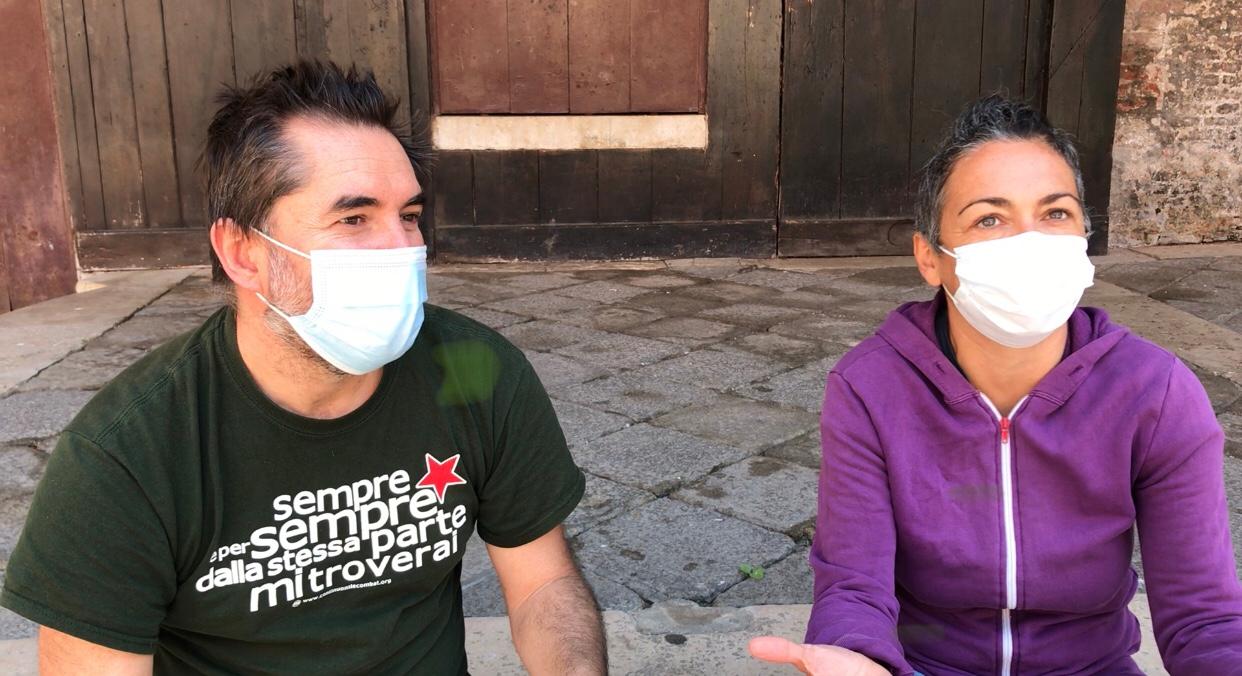
“I have always considered this ancient part of the city to be the city of the future. It is very intelligent from an urbanistic point of view and built on a human scale. Everything is reachable in a 10- or 15-minute walk. The city is designed for you to have encounters, chats and a sense of community.”
“I have always considered this ancient part of the city to be the city of the future. It is very intelligent from an urbanistic point of view and built on a human scale,” Fiano said. “Everything is reachable in a 10- or 15-minute walk. The city is designed for you to have encounters, chats and a sense of community.”
But the city is continuing to lose residents, with only 80,000 people living in the historic part and on the main islands.
“There is no housing for students, for professionals, for university professors who want to come here,” Penzo said, explaining that the housing situation in Venice — like in many other European cities — has worsened over the past few years with the increasing popularity of online tourism platforms, such as Airbnb.
Penzo says the outbreak of the coronavirus seemed to create an opportunity to reflect on a more sustainable future for the city, but it didn’t last long.
“There was a moment of awareness in which we said it’s time to rethink … but since [the lockdown ended], the only concern is to reopen everything to bring back the tourists,” he said.
As Venice reopens, there is no plan to attract new residents or diversify the economy. The mayor — and the people who voted for him — just want tourism to come back.
Venetians are still suffering from the flooding that brought the city to its knees last November, the worst in 50 years. Those who are hoping for a change, even though they have plenty of ideas on how to revitalize the city, are pessimistic.
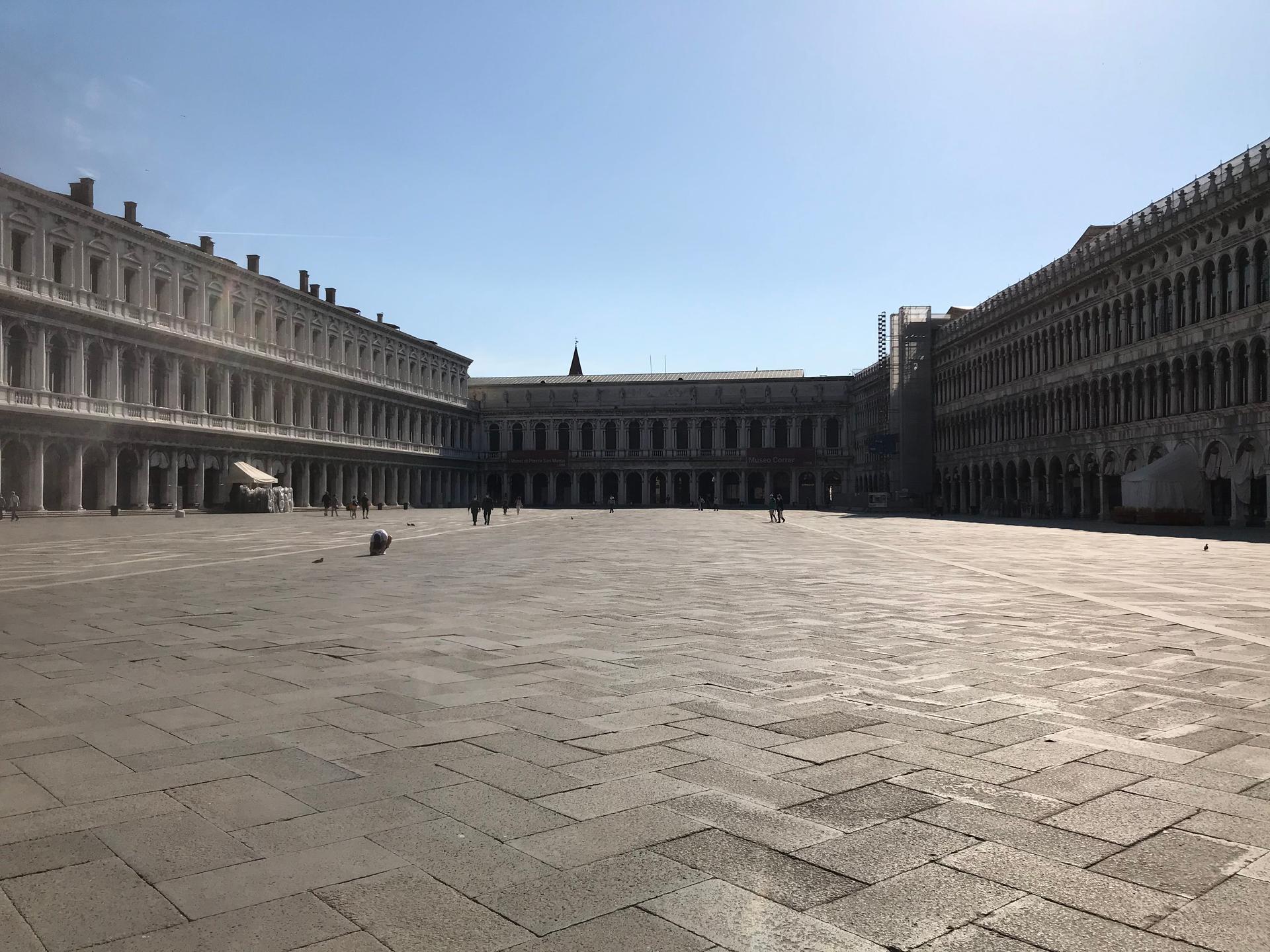
Nino Zane has mixed feelings about all this. His family has been selling fresh fish at the Rialto Market for generations. His main concern right now is to save his business.
“Before the lockdown, I worked with restaurants and it was so much easier. Now, everything is difficult, a constant worry.”
“Before the lockdown, I worked with restaurants and it was so much easier,” Zane said. “Now, everything is difficult, a constant worry.”
For some Venetians, tourism seems like the only possible future. The pandemic had the surprising power to bring it to a halt, but most people feel, and some of them hope, that nothing will stop it once the global crisis has passed.
That may take months, if not years. Already, some of the big events that draw the rest of the world to Venice are canceling or postponing in the longer run — like the Architecture Biennale, pushed to 2021.
To make the current situation more complicated and worrying, there are also concerns about an explosion in a chemical factory in the city’s industrial area, which some fear could have a lasting impact on the lagoon’s water.
“I hope everything goes back to the way it was, I hope so with all my heart,” Zane said.
Correction: An earlier version of this story misstated the name of a canal.
Reuters contributed to this report.
